Home>Renovation & DIY>Home Renovation Guides>How To Unlock A Storm Door
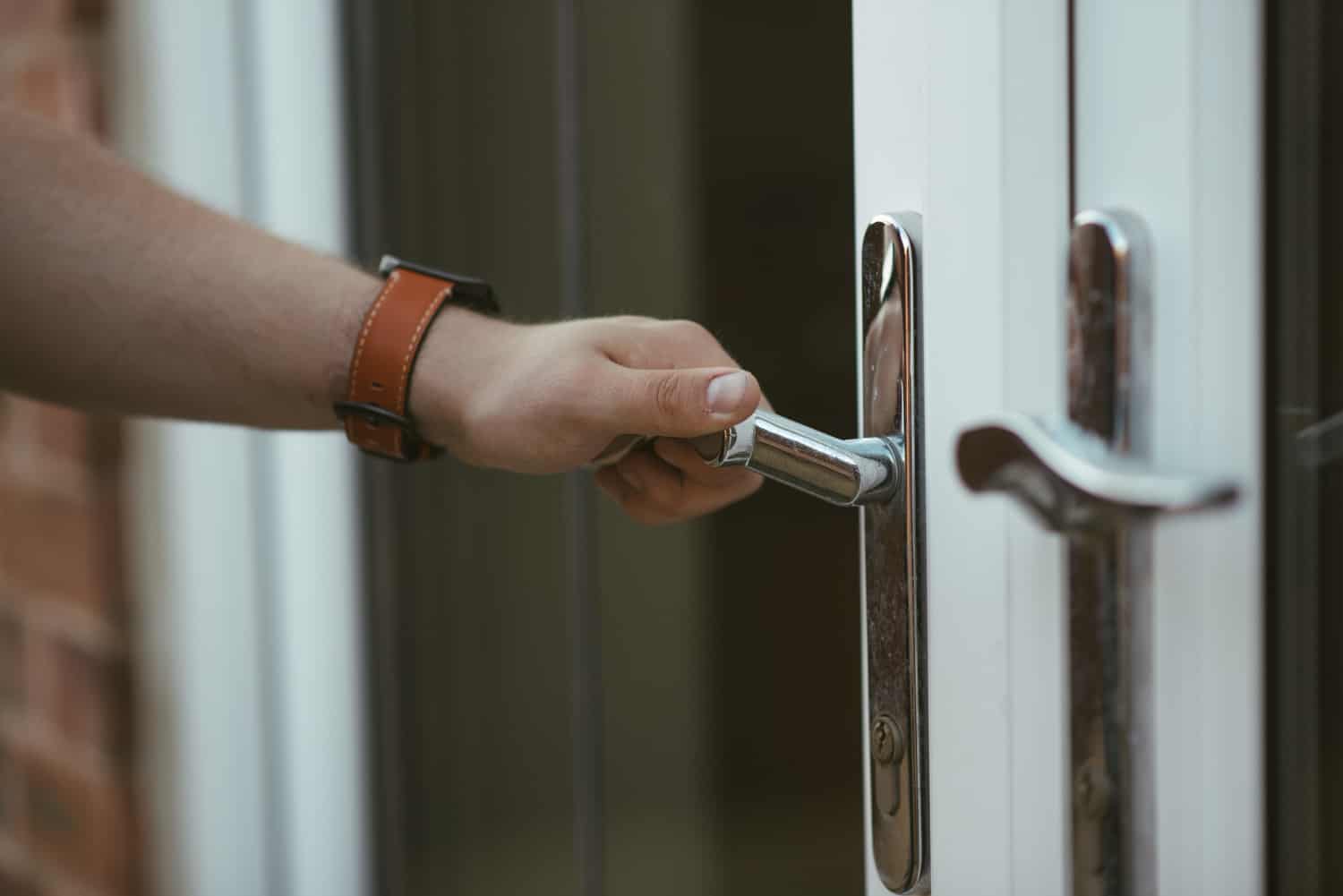

Home Renovation Guides
How To Unlock A Storm Door
Modified: May 6, 2024
Learn how to unlock a storm door with our comprehensive home renovation guide. Find step-by-step instructions and expert tips for a smooth process. Unlock the potential of your storm door today!
(Many of the links in this article redirect to a specific reviewed product. Your purchase of these products through affiliate links helps to generate commission for Storables.com, at no extra cost. Learn more)
Introduction: Understanding the Purpose of Storm Doors
Storm doors are a valuable addition to any home, providing an extra layer of protection against the elements and potential intruders. These doors are designed to safeguard your primary entry door from harsh weather conditions such as heavy rain, snow, and strong winds. Additionally, they offer enhanced insulation, helping to regulate indoor temperatures and reduce energy costs. Moreover, storm doors can augment the aesthetic appeal of your home while allowing natural light and fresh air to filter through.
One of the key benefits of a storm door is its ability to increase the overall security of your home. By acting as a barrier between the exterior and interior doors, it serves as a deterrent to unauthorized access. Furthermore, the added security can provide peace of mind, especially for households with young children or elderly family members.
Another advantage of storm doors is their versatility. They come in various styles, materials, and designs, allowing homeowners to choose options that complement their home’s architecture and personal preferences. Whether you prefer a full-view, ventilating, or retractable screen storm door, there are numerous options to suit your specific needs.
Furthermore, storm doors can contribute to the longevity of your main entry door by shielding it from direct exposure to the elements. This can help prevent premature wear and tear, ultimately extending the lifespan of your primary door and reducing maintenance costs over time.
Understanding the multifaceted benefits of storm doors underscores their significance in enhancing the comfort, security, and aesthetic appeal of your home. With this in mind, it’s essential to be well-versed in the proper maintenance and operation of these doors, including the fundamental skill of unlocking them when necessary.
In the following sections, we will delve into the process of unlocking a storm door, equipping you with the knowledge and confidence to navigate this task effectively and efficiently.
Key Takeaways:
- Be prepared with the right tools and know your lock type to unlock your storm door with ease and confidence, ensuring seamless access to your home.
- Troubleshoot common issues like stiff locks and forgotten codes to maintain your storm door’s functionality and keep your home secure and comfortable.
Read more: Installing A Storm Door
Tools and Materials: Necessary Items for Unlocking a Storm Door
Before embarking on the task of unlocking a storm door, it’s crucial to ensure that you have the essential tools and materials at your disposal. Being prepared with the right items will streamline the process and minimize potential frustrations. Here’s a comprehensive list of what you’ll need:
1. Key or Code
Depending on the type of lock installed on your storm door, you will require the corresponding key or access code. It’s imperative to locate this key or code beforehand to avoid delays when attempting to unlock the door. If you’re unsure about the type of lock or have misplaced the key or code, consider reaching out to the door’s manufacturer or a professional locksmith for guidance.
2. Lubricant or Graphite Powder
In some instances, storm door locks may become stiff or difficult to operate due to rust or debris accumulation. Having a suitable lubricant or graphite powder on hand can help alleviate these issues by easing the movement of internal components within the lock mechanism. This can be particularly helpful if you encounter resistance when attempting to turn the key or input the access code.
3. Screwdriver
A screwdriver may be necessary for certain types of storm door locks that require access to the internal components for maintenance or troubleshooting. It’s advisable to have a standard screwdriver with both flathead and Phillips head options, as different locks may have varying screw configurations.
Read more: How To Shim A Storm Door
4. Contact Information
While not a tangible tool, having the contact information of the storm door manufacturer or a professional locksmith readily available can be invaluable. If you encounter challenges that cannot be resolved through basic troubleshooting, having access to expert assistance can expedite the unlocking process and ensure that the door remains in optimal condition.
By assembling these tools and materials in advance, you’ll be well-equipped to address any obstacles that may arise when unlocking your storm door. With the necessary items at your fingertips, you can proceed with confidence and efficiency, ultimately restoring access to your home with ease.
Step 1: Identify the Lock Mechanism – Recognizing the Type of Lock on Your Storm Door
Before proceeding to unlock your storm door, it’s essential to familiarize yourself with the specific type of lock installed on the door. Understanding the lock mechanism will enable you to employ the most effective unlocking method and avoid potential damage to the door or lock components. Here are common types of storm door locks and how to identify them:
1. Keyed Deadbolt Lock
A keyed deadbolt lock is a prevalent type of lock found on storm doors. It typically requires a key for both locking and unlocking the door. To identify if your storm door features a keyed deadbolt lock, look for a keyhole located either on the handle or a separate deadbolt mechanism near the center of the door. The presence of a keyhole indicates that the lock is a keyed deadbolt, necessitating the corresponding key for operation.
2. Lever Handle Lock
Lever handle locks are characterized by a handle that can be manipulated to engage or disengage the locking mechanism. Unlike keyed deadbolt locks, lever handle locks do not require a key for basic operation. To identify if your storm door is equipped with a lever handle lock, inspect the handle to determine if it can be rotated or pressed to secure the door. Additionally, some lever handle locks may feature a locking button or switch on the interior side of the door, indicating the presence of this type of lock.
Read more: How To Seal A Storm Door
3. Digital Keypad Lock
Digital keypad locks have become increasingly popular due to their convenience and enhanced security features. These locks utilize a numerical code for access, eliminating the need for physical keys. To identify if your storm door is equipped with a digital keypad lock, look for a sleek, electronic keypad typically positioned near the handle or deadbolt area. The presence of a keypad signifies that your storm door employs a digital locking mechanism, requiring a specific code for unlocking.
4. Mortise Lock
Mortise locks are relatively common in older or more traditional storm doors. These locks are characterized by a rectangular or oblong-shaped housing installed within the door, containing the internal components of the locking mechanism. To identify a mortise lock, inspect the edge of the door where the lock engages with the door frame. If you observe a recessed area housing the lock components, it is likely that your storm door features a mortise lock.
By accurately identifying the lock mechanism on your storm door, you’ll be better equipped to proceed with the appropriate unlocking method in the subsequent steps. This foundational knowledge will facilitate a smoother unlocking process, ensuring that you can access your home securely and efficiently.
Step 2: Use the Correct Key or Code – Utilizing the Appropriate Key or Code to Unlock the Door
Once you have identified the specific lock mechanism on your storm door, the next step is to employ the correct key or code to facilitate the unlocking process. Depending on the type of lock installed, the method for accessing your home may vary. Here’s a detailed guide on using the appropriate key or code for different types of storm door locks:
1. Keyed Deadbolt Lock
If your storm door features a keyed deadbolt lock, locate the corresponding key that matches the lock. Insert the key into the keyhole and turn it in the direction specified by the lock’s design, typically clockwise or counterclockwise. Apply gentle and consistent pressure while turning the key to disengage the deadbolt mechanism. Once the lock has been successfully released, carefully remove the key and proceed to open the door.
2. Lever Handle Lock
For storm doors equipped with a lever handle lock, unlocking the door is typically a straightforward process. If the lock features an internal locking button or switch, ensure that it is in the unlocked position. Then, grasp the handle and apply downward pressure or rotate it as needed to release the lock’s mechanism. Once the handle moves freely, the door should be ready to open, granting you access to your home.
Read more: How To Seal A Storm Door
3. Digital Keypad Lock
When dealing with a digital keypad lock, the unlocking process revolves around inputting the designated code into the keypad. Locate the digital keypad on your storm door and enter the predetermined code using the provided numerical buttons. After entering the complete code, wait for the lock to disengage, indicated by a click or electronic signal. Once the lock has released, proceed to open the door and enter your home.
4. Mortise Lock
If your storm door incorporates a mortise lock, unlocking it may involve the use of a traditional key or a lever handle, depending on the specific design. Utilize the appropriate key or handle mechanism to manipulate the lock components and disengage the locking mechanism. Exercise caution and patience to ensure that the lock releases smoothly, allowing you to open the door without resistance.
By understanding the unique requirements of each lock type and employing the correct key or code accordingly, you can effectively unlock your storm door and gain access to your home with ease. This step-by-step approach ensures that you can navigate the unlocking process confidently, regardless of the specific lock mechanism employed on your storm door.
Step 3: Troubleshooting Common Issues – Addressing Potential Obstacles When Unlocking the Storm Door
While unlocking a storm door is typically a straightforward task, certain common issues may arise, necessitating troubleshooting to overcome potential obstacles. By being aware of these challenges and their respective solutions, you can navigate the unlocking process with confidence and resolve any impediments efficiently. Here are some common issues and their troubleshooting methods:
Read more: How To Choose A Storm Door
1. Stiff or Jammed Lock Mechanism
If you encounter resistance when attempting to turn the key or manipulate the lock mechanism, the lock may be stiff or jammed due to rust, debris, or internal component misalignment. In such cases, applying a suitable lubricant or graphite powder to the keyhole or lock components can help alleviate the stiffness and facilitate smoother operation. Gently insert the key or engage the lock mechanism while applying the lubricant, allowing it to penetrate and loosen any obstructions.
2. Forgotten or Incorrect Code
When dealing with digital keypad locks, forgetting the designated code or inputting an incorrect code can impede the unlocking process. To address this issue, refer to any documentation or records of the code associated with the lock. If the code cannot be retrieved, consider contacting the manufacturer or a professional locksmith for assistance in resetting the code or accessing the lock through alternative means, such as a physical key override, if available.
3. Misaligned Door or Frame
In some instances, a misaligned storm door or door frame can hinder the smooth operation of the lock, leading to difficulty in unlocking the door. If you notice that the door is not aligning properly with the frame or is experiencing resistance when closing or opening, carefully examine the hinges, frame, and door alignment. Making minor adjustments to realign the door and frame can alleviate the strain on the lock, allowing for easier unlocking and operation.
4. Worn or Damaged Key
If the key for a keyed deadbolt lock shows signs of wear or damage, such as bent teeth or a worn blade, it may struggle to engage the lock components effectively. In such cases, consider using a spare key if available. Alternatively, consult a locksmith to have a new key cut to match the lock’s specifications, ensuring a precise fit and smooth operation without compromising the lock’s integrity.
By proactively addressing these common issues and implementing the corresponding troubleshooting methods, you can overcome potential obstacles when unlocking your storm door. This proactive approach ensures that you can resolve challenges swiftly, restoring seamless access to your home and maintaining the functionality of your storm door.
Read more: How To Close A Storm Door
Conclusion: Final Thoughts on Unlocking a Storm Door
Unlocking a storm door is a fundamental yet essential skill that empowers homeowners to access their homes securely and conveniently. By understanding the purpose of storm doors and familiarizing yourself with the specific lock mechanisms, you can navigate the unlocking process with confidence and proficiency. As you embark on this task, it’s important to consider the following key points:
The Value of Preparedness
Equipping yourself with the necessary tools and materials, such as the correct key or access code, lubricant, and contact information for professional assistance, is paramount. Being prepared ensures that you can address any challenges that may arise during the unlocking process, fostering a sense of readiness and assurance.
Adaptability to Diverse Lock Types
Recognizing the diverse lock types commonly found on storm doors, including keyed deadbolt locks, lever handle locks, digital keypad locks, and mortise locks, enables you to tailor your approach to the specific requirements of each mechanism. This adaptability enhances your ability to unlock the door effectively, regardless of the lock type in place.
Proactive Troubleshooting
Anticipating and addressing common issues, such as stiff locks, forgotten codes, misaligned doors, and worn keys, empowers you to troubleshoot obstacles with confidence and precision. By proactively troubleshooting these challenges, you can maintain the functionality of your storm door and resolve issues expediently.
Read more: How To Paint A Storm Door
Maintaining Your Home’s Security and Comfort
Unlocking a storm door ultimately contributes to the overall security and comfort of your home. By mastering this skill and overcoming potential obstacles, you can ensure seamless access to your living space while safeguarding your property and loved ones.
In conclusion, unlocking a storm door is a task that intertwines practicality, preparedness, and problem-solving. By embracing these principles and approaching the process with attentiveness and adaptability, you can unlock your storm door with confidence and ease, fostering a sense of security and accessibility within your home.
Remember, if you encounter persistent challenges or complex issues when unlocking your storm door, don’t hesitate to seek professional assistance. Expert guidance can provide valuable insights and solutions, ensuring that your storm door remains a reliable and functional component of your home.
Now that you've mastered unlocking your storm door, consider the broader implications of home safety. Securing entry points is just the beginning. Dive deeper into safeguarding your living space by reading our detailed guide on why robust home security systems are not just optional but necessary for protecting your valuables and loved ones. Don't miss out on essential safety tips that could make all the difference.
Frequently Asked Questions about How To Unlock A Storm Door
Was this page helpful?
At Storables.com, we guarantee accurate and reliable information. Our content, validated by Expert Board Contributors, is crafted following stringent Editorial Policies. We're committed to providing you with well-researched, expert-backed insights for all your informational needs.
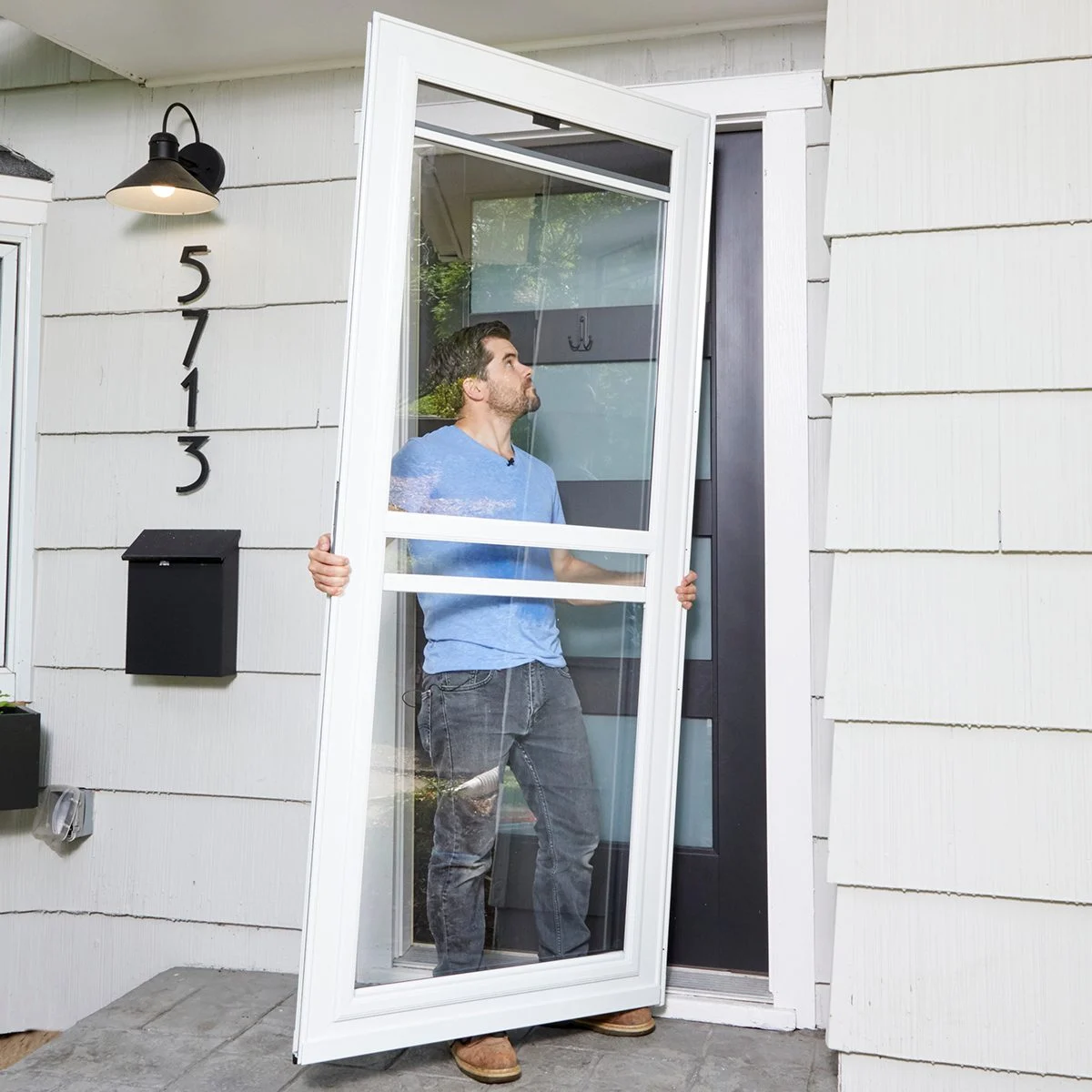
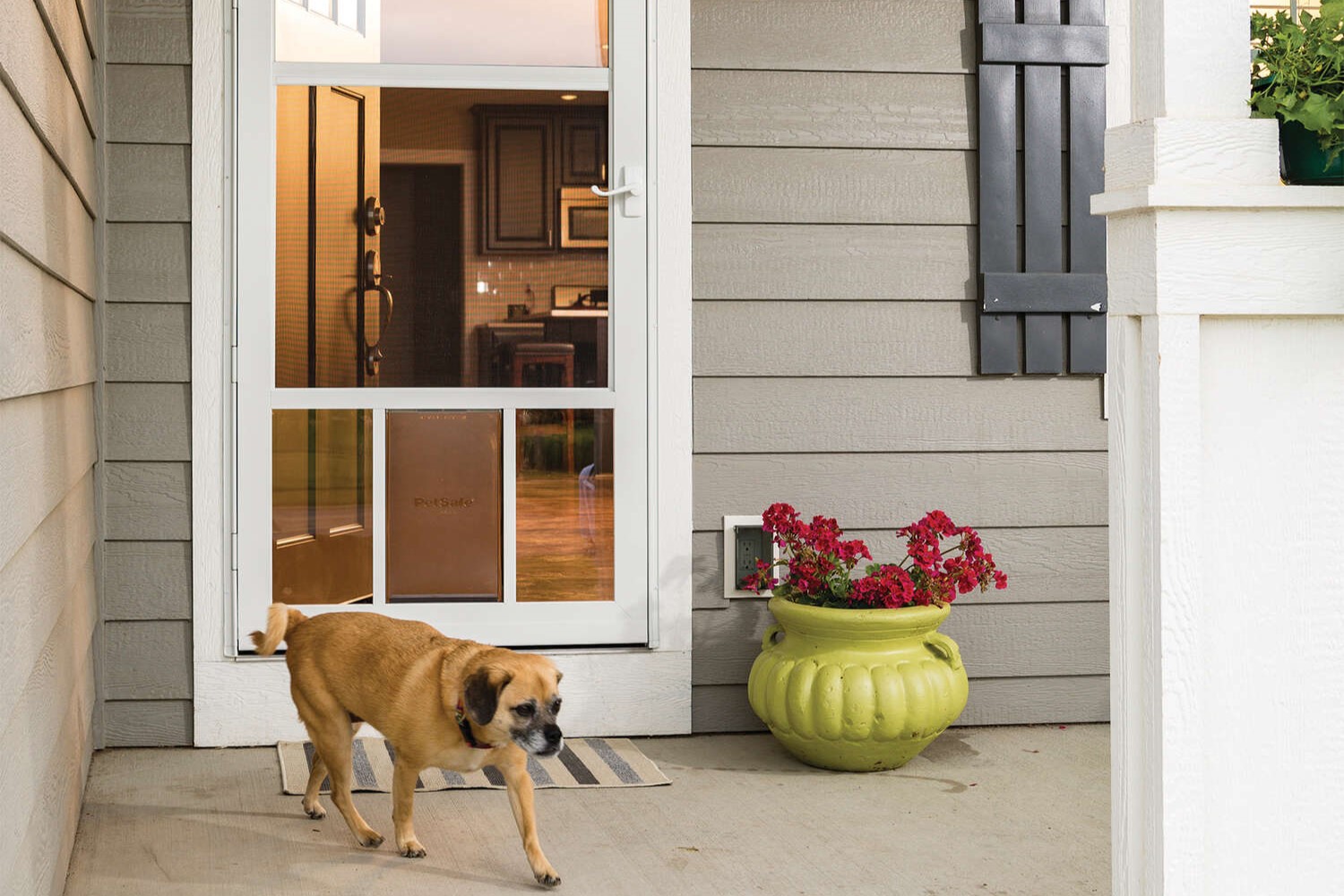
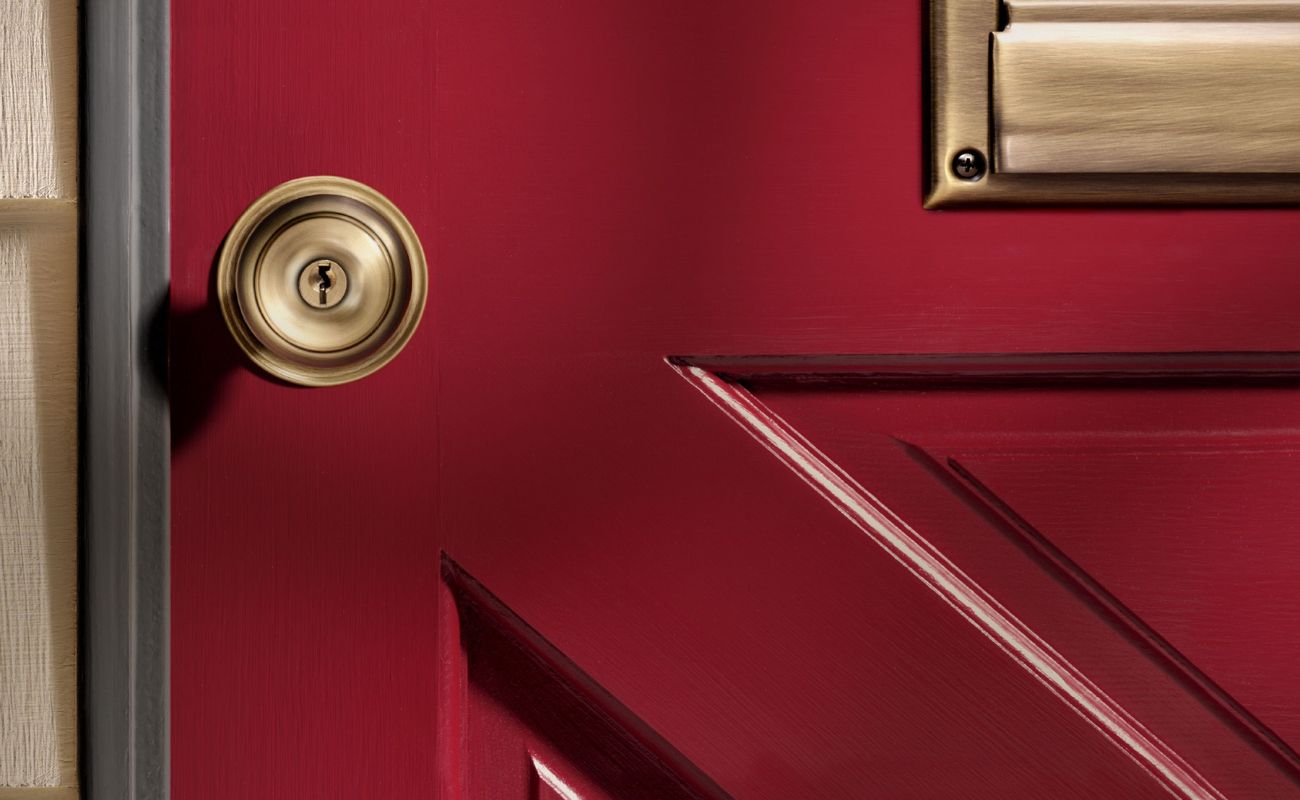

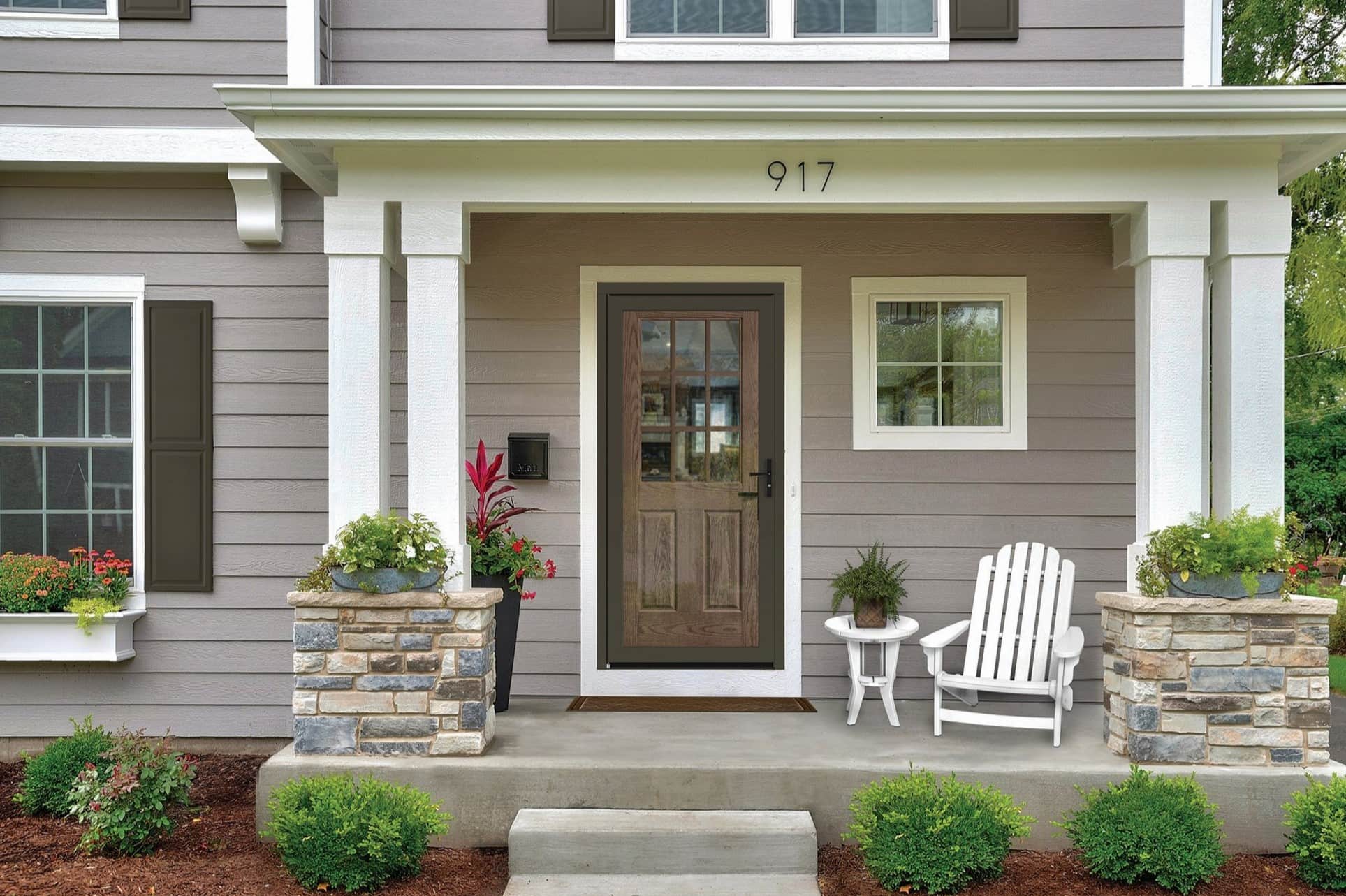
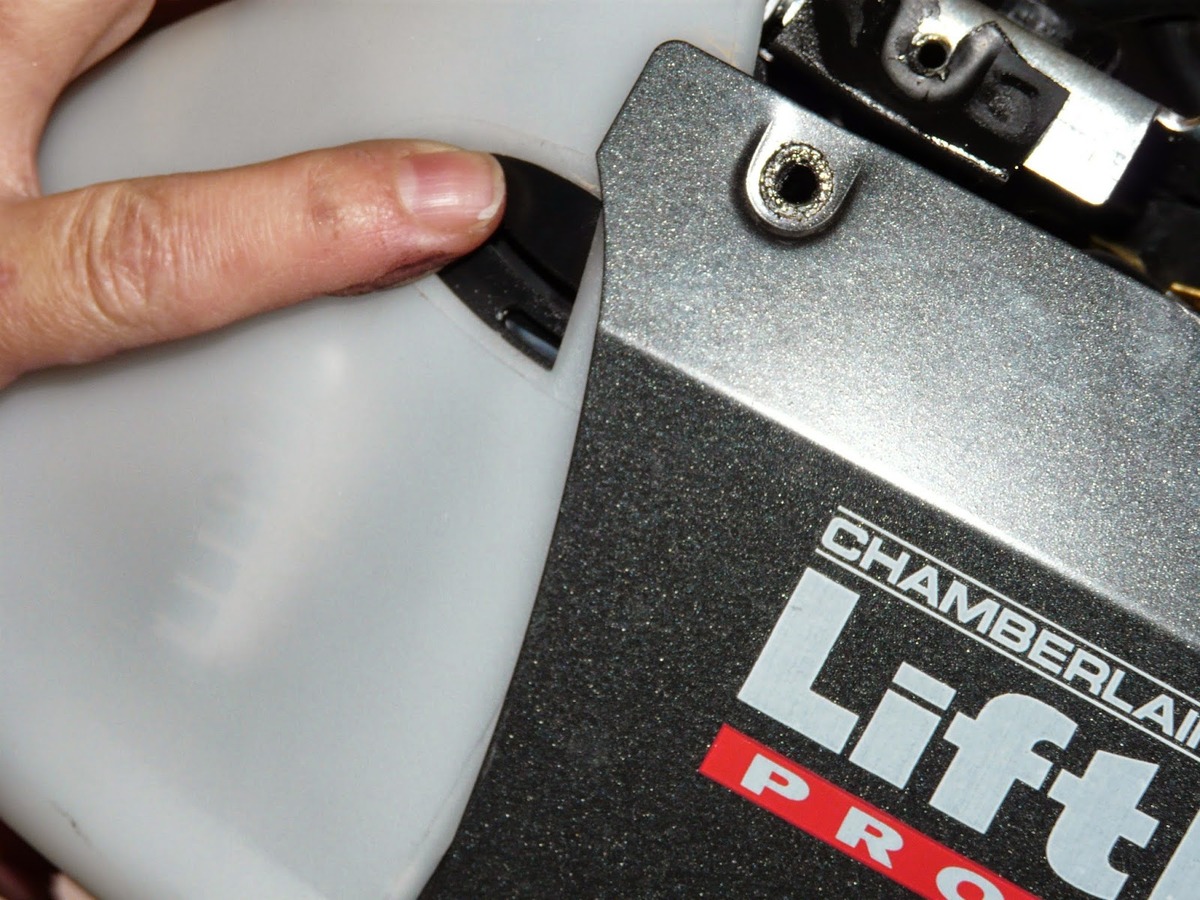
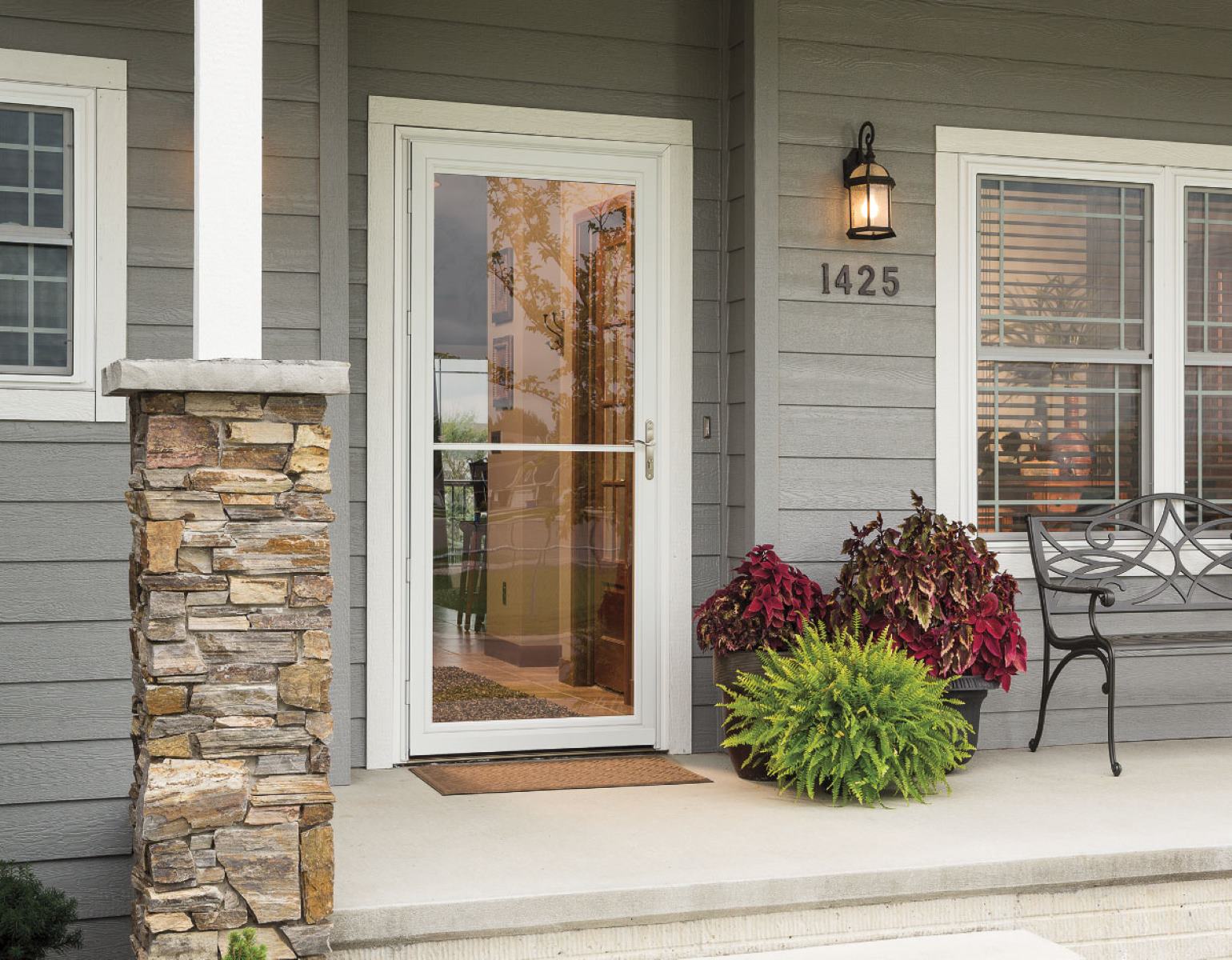
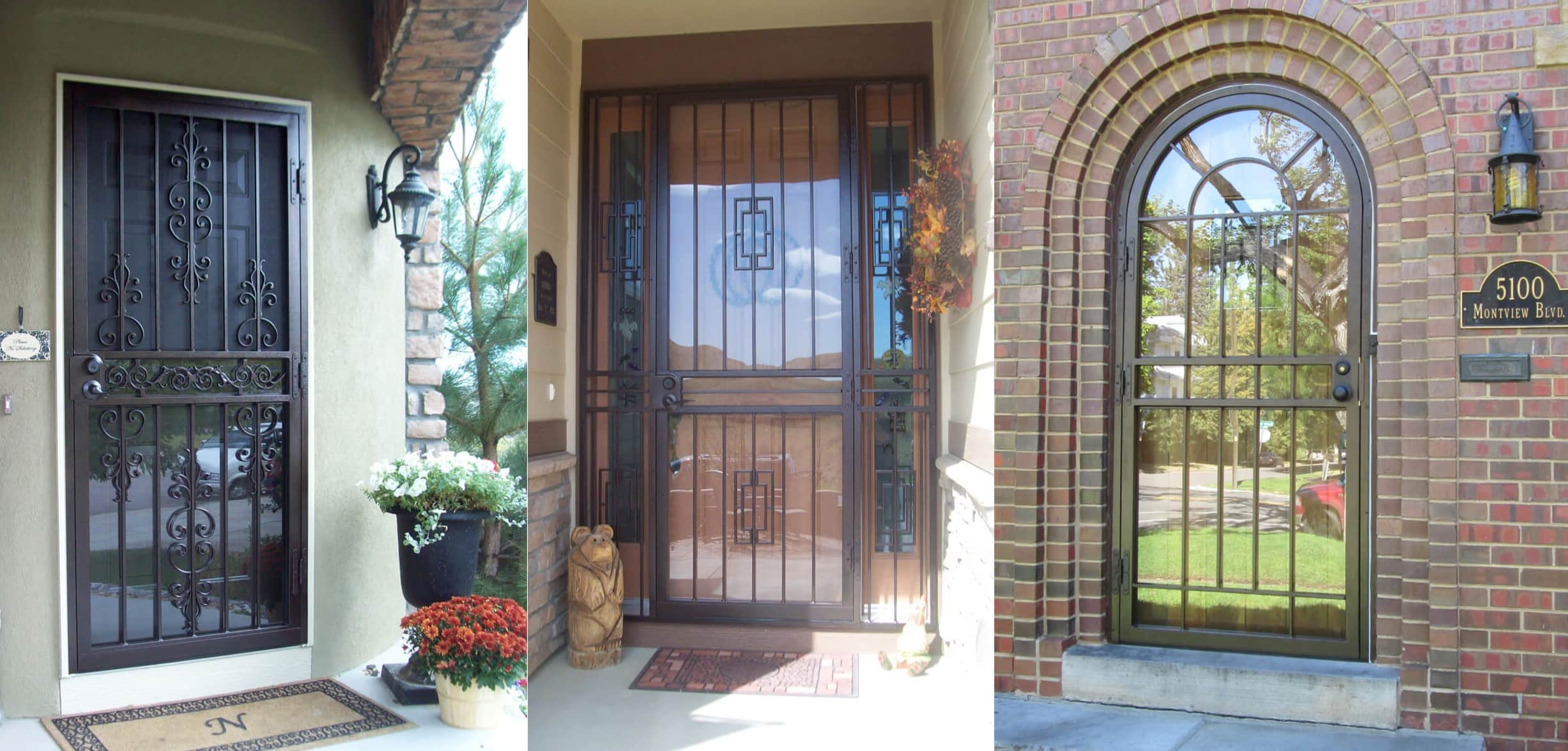
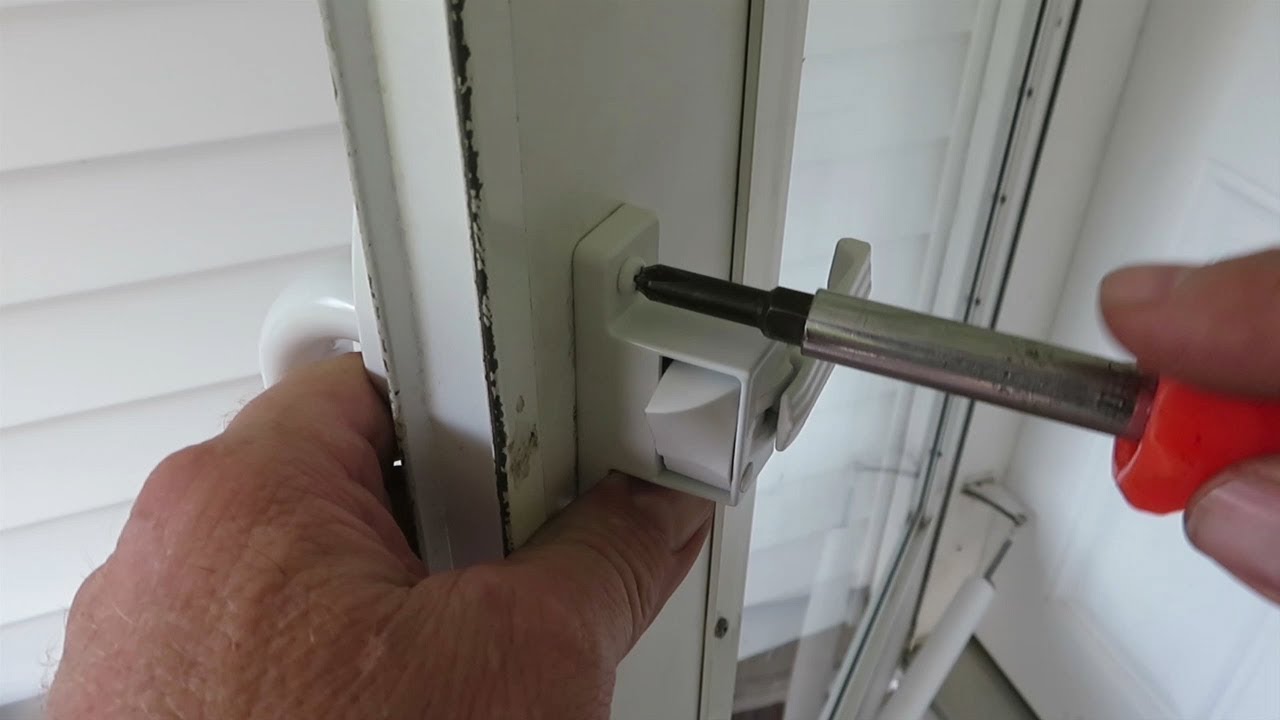

0 thoughts on “How To Unlock A Storm Door”